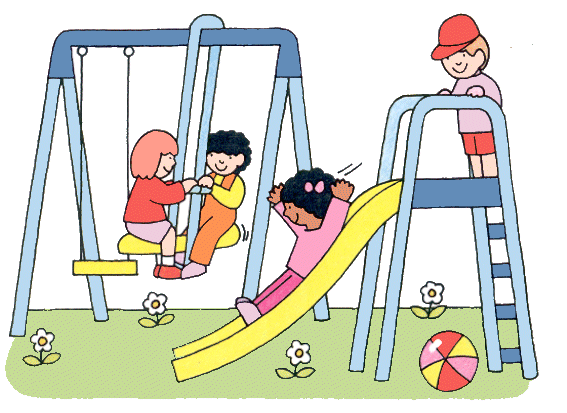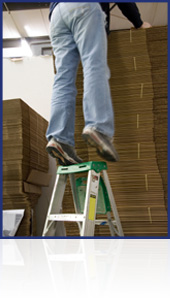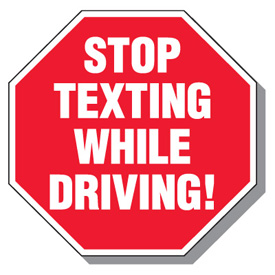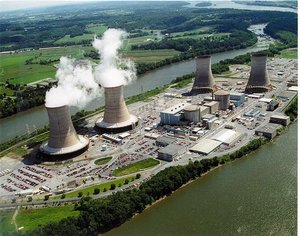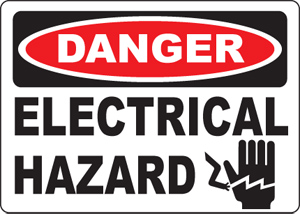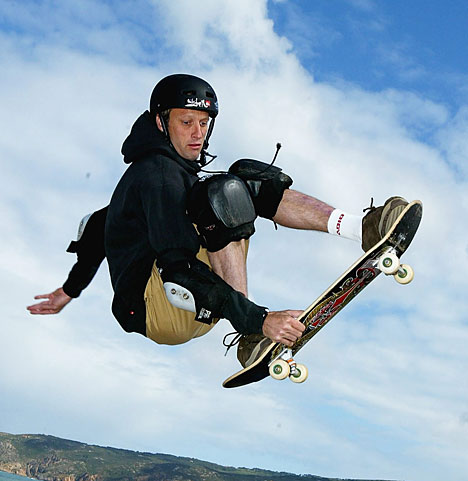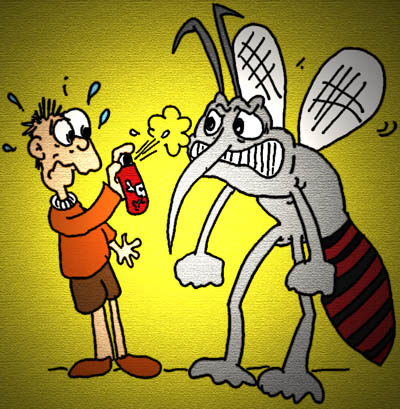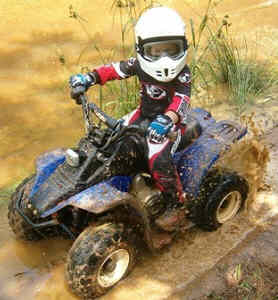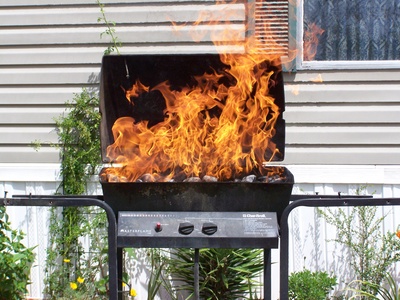 Liquid petroleum LP gas or propane, used in gas grills, is highly flammable. Each year about 30 people are injured as a result of gas grill fires and explosions. Many of these fires and explosions occur when consumers first use a grill that has been left idle for a period of time or just after refilling and reattaching the grills gas container. To reduce the risk of fire or explosion, consumers should routinely perform the following safety checks:
Liquid petroleum LP gas or propane, used in gas grills, is highly flammable. Each year about 30 people are injured as a result of gas grill fires and explosions. Many of these fires and explosions occur when consumers first use a grill that has been left idle for a period of time or just after refilling and reattaching the grills gas container. To reduce the risk of fire or explosion, consumers should routinely perform the following safety checks:
- Check the tubes that lead into the burner for any blockage from insects, spiders, or food grease. Use a pipe cleaner or wire to clear blockage and push it through to the main part of the burner.
- Check grill hoses for cracking, brittleness, holes, and leaks. Make sure there are no sharp bends in the hose or tubing.
- Move gas hoses as far away as possible from hot surfaces and dripping hot grease. If you cant move the hoses, install a heat shield to protect them.
- Replace scratched or nicked connectors, which can eventually leak gas.– Check for gas leaks, following the manufacturers instructions, if you smell gas or when you reconnect the grill to the LP gas container. If you detect a leak, immediately turn off the gas and dont attempt to light the grill until the leak is fixed.
- Keep lighted cigarettes, matches, or open flames away from a leaking grill.
- Never use a grill indoors. Use the grill at least 10 feet away from your house or any building. Do not use the grill in a garage, breezeway, carport, porch, or under a surface that can catch fire.
- Do not attempt to repair the tank valve or the appliance yourself. See an LP gas dealer or a qualified appliance repair person.
- Always follow the manufacturers instructions that accompany the grill.
Consumers should use caution when storing LP gas containers. Always keep containers upright. Never store a spare gas container under or near the grill or indoors. Never store or use flammable liquids, like gasoline, near the grill. To avoid accidents while transporting LP gas containers, consumers should transport the container in a secure, upright position. Never keep a filled container in a hot car or car trunk. Heat will cause the gas pressure to increase, which may open the relief valve and allow gas to escape.Consumers should use extreme caution and always follow manufacturers instructions when connecting or disconnecting LP gas containers. Grills manufactured after October 1, 1995, are required to have three additional safety features to eliminate leak hazards: a device to limit the flow of gas in the event of hose rupture; a mechanism to shut-off the grill; and a feature to prevent the flow of gas if the connection between the tank and the grill is not leak proof. Consumers should consider purchasing grills that have these safety features.
via CPSC – CPSC Releases Grill Safety Tips.
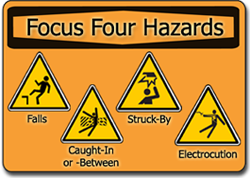 Out of 4,188* worker fatalities in private industry in calendar year 2011, 738 or 17.6% were in construction. The leading causes of worker deaths on construction sites were falls, followed by electrocution, struck by object, and caught-in/between. These “Fatal Four” were responsible for nearly three out of five (56%) construction worker deaths in 2011*, BLS reports. Eliminating the Fatal Four would save 419 workers’ lives in America every year.
Out of 4,188* worker fatalities in private industry in calendar year 2011, 738 or 17.6% were in construction. The leading causes of worker deaths on construction sites were falls, followed by electrocution, struck by object, and caught-in/between. These “Fatal Four” were responsible for nearly three out of five (56%) construction worker deaths in 2011*, BLS reports. Eliminating the Fatal Four would save 419 workers’ lives in America every year.
